Citizens band radio (also known as CB radio) is, in many countries, a system of short-distance radio communications between individuals typically on a selection of 40 channels within the 27 MHz (11 m) band. Citizens band is distinct from other personal radio service allocations such as FRS, GMRS, MURS, UHF CB and the Amateur Radio Service (“ham” radio). In many countries, CB operation does not require a license, and (unlike amateur radio) it may be used for business or personal communications. Like many other two-way radio services, citizens band channels are shared by many users. (wikipedia)
CB is a free to use unlicensed radio communications service. It allows people to communicate with each other over (normally) short ranges without having any associated call charges or subscription fees. There are 80 CB channels available on UK sets and 40 channels on radios throughout the rest of Europe.
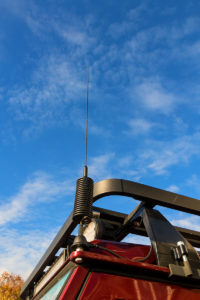
A CB Radio antenna
All 80 channels can be used in the UK, but only the 40 channels designated for use in the rest of Europe should be used outside of the UK.
The use of CBs has diminished as lot from its height of popularity in the late 70s and early 80s, when CB and ham radio was a popular past time for many people.
However CB usage has maintained a foothold in usage by truck drivers, taxi companies, utility companies and both recreational and professional outdoors persons.
Driver can pass messages to each other about road and traffic conditions, hazards and other helpful information.
The Turas team use CB radios while on the road to keep our communications going while travelling in separate vehicles, and to help to co-ordinate navigation and operations during our video or photo shoots.
CBs are also a good and reliable option when we are travelling off the beaten track and where mobile network coverage may be spotty or non existent.
A CB radio is only part of the requirement, an antenna is also required, while small handheld radios are technically ‘CBs’ for any reasonable range an external antenna is required and it is the antenna that determines your range – not the radio.
In general, the taller/larger the antenna, the greater the range. The antenna should be mounted on a metal location and be grounded. The antennas actually use the vehicle to create a ground plane which increases the effective range of the radio signal. If the antenna is not grounded, you will not get good performance from the CB.
Our CBs were provided to us by Long Communications, one of Ireland’s leading providers of two way radio communication equipment.
Their speciality is CB Radio, Marine Radios, Scanners and Walkie Talkies. Some of their customers include County Councils, Wind Farms, Fishing vessels, Agricultural Contractors and Government Departments. You can find them online, here, tell them we sent you 🙂

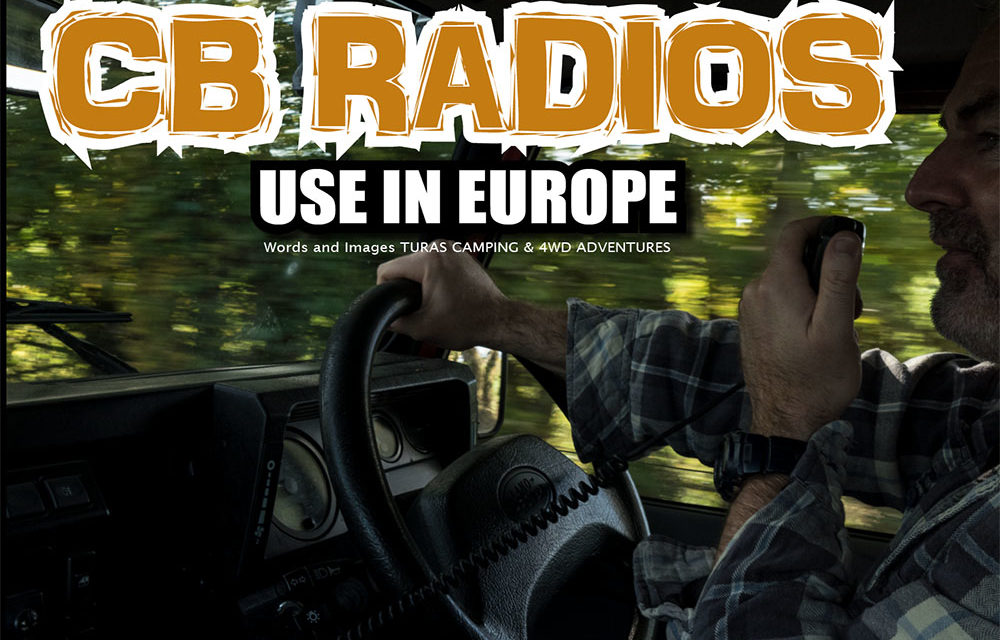


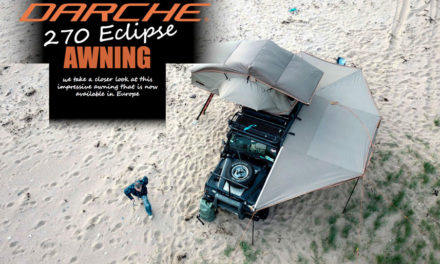
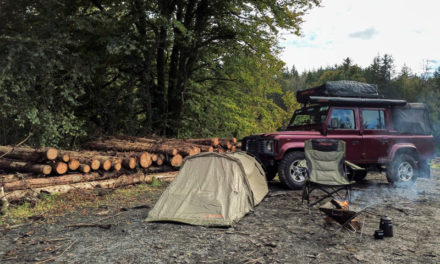
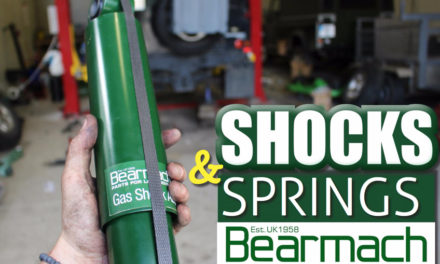
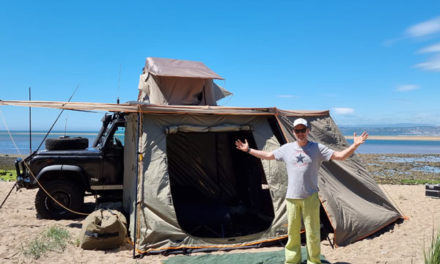
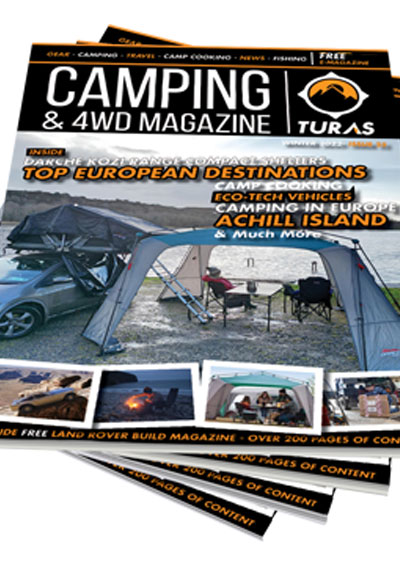

Recent Comments